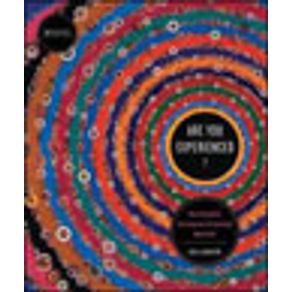Looking at art through the lens of psychedelic experience and culture, New York Times critic Ken Johnson reveals an unexpected and illuminating dimension of art since the 1960s. Art changed in a big way in the 1960s; it was no longer something just to look at and appreciate for its aesthetic qualities. The traditional ideal of connoisseurship was out; art as consciousness-altering experience was in. Boundaries between conventional media such as paintings and sculpture stretched and dissolved. Hierarchical distinctions between high and low culture became irrelevant. Weird new forms proliferated. Would art have developed as it did in the past fifty years, would it be the way it is now, if psychedelics and psychedelic culture had not been so popular? To answer that question, Ken Johnson, the veteran art critic of The New York Times, has examined a broad array of art of the past half century, from Robert Smithson's Spiral Jetty to Pipilotti Rist's recent swooningly trippy video installation at the Museum of Modern Art and Richard Serra's warped, spiralling mazes of inches-thick Corten steel, looking not just for obvious signs of psychedelic style but for an underlying psychedelic ethos animating the art. Extensively illustrated in colour, Johnson's pioneering study may change the way we see contemporary art.


